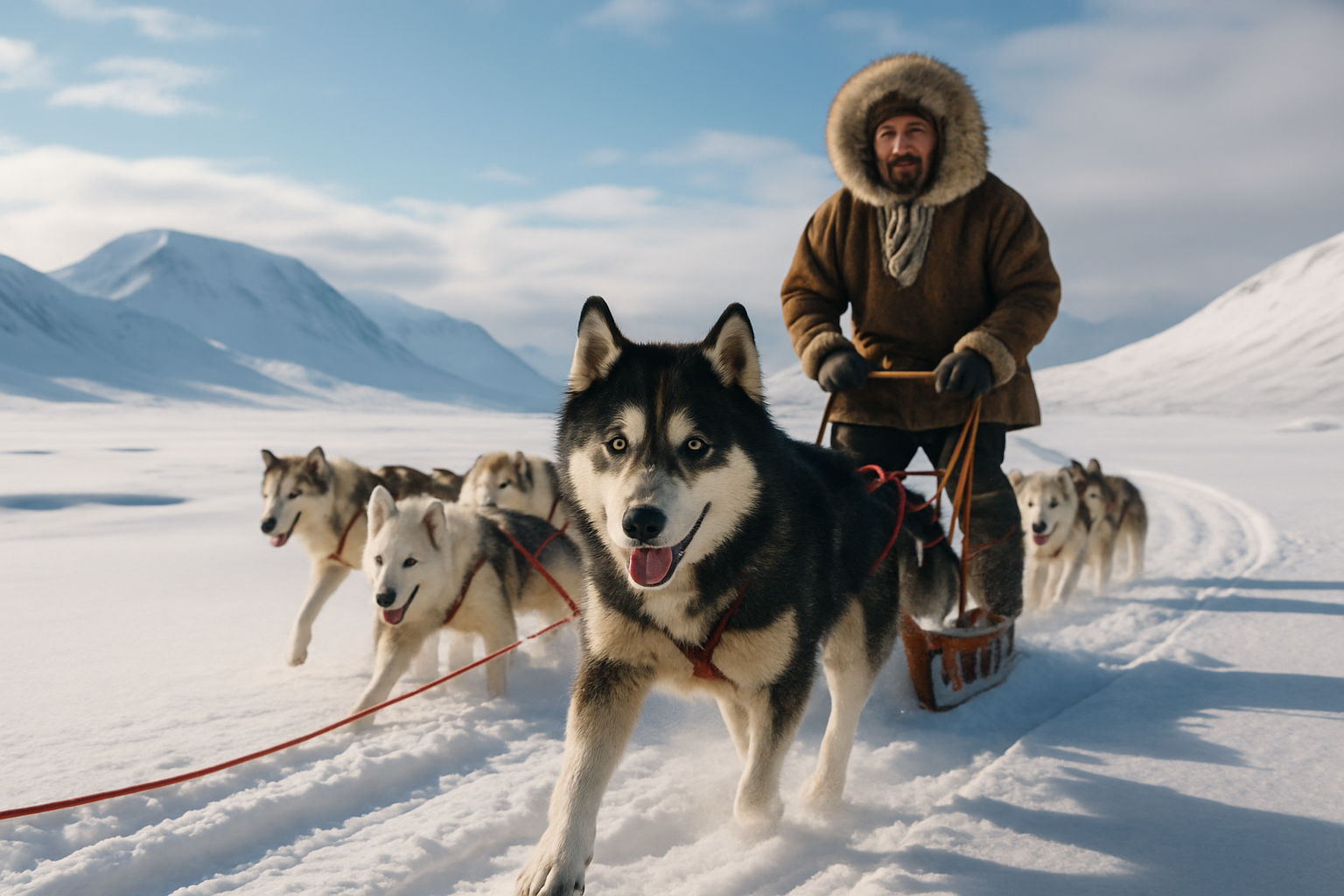Sled Dog Tourism: Embracing Arctic Adventure and Cultural Heritage
In the vast, snow-covered expanses of the Arctic, a unique form of travel is gaining traction among adventure seekers and culture enthusiasts alike. Sled dog tourism, an age-old method of transportation turned modern travel experience, offers visitors a chance to connect with nature, indigenous cultures, and the thrill of mushing across frozen landscapes. This growing niche in the travel industry combines the raw excitement of dog sledding with deep cultural insights, providing an unforgettable journey through some of the world's most remote and breathtaking regions.

Initially a practical necessity, dog sledding evolved into a cultural cornerstone, shaping the traditions, stories, and way of life for many Arctic communities. The relationship between mushers and their dogs became a symbol of cooperation and mutual dependence in the face of extreme environments.
The Transformation into Tourism
As modern technology reduced the need for dog sledding in daily life, the practice found new purpose in the tourism industry. Beginning in the late 20th century, tour operators in Alaska, Canada, Greenland, and Scandinavia began offering dog sledding experiences to visitors eager for authentic Arctic adventures.
This shift not only preserved the tradition of dog sledding but also created economic opportunities for indigenous communities. Many tour operators are owned and run by local people, allowing them to share their heritage while maintaining control over how their culture is presented to outsiders.
The Experience of Sled Dog Tourism
Sled dog tours vary widely in length and intensity, from short day trips to multi-week expeditions across vast wilderness areas. Regardless of duration, these experiences offer a unique blend of adventure, cultural immersion, and connection with nature.
Participants learn the basics of mushing, including how to harness and care for the dogs, steer the sled, and work as a team with both human and canine companions. The physical demands of mushing, combined with the exhilaration of gliding across snow-covered landscapes, create an intense and memorable experience.
Cultural Immersion and Education
Beyond the thrill of the ride, sled dog tourism provides a window into Arctic cultures and ways of life. Many tours include visits to indigenous communities, where travelers can learn about traditional crafts, cuisine, and customs. Experienced mushers share stories and legends passed down through generations, offering insights into the spiritual and cultural significance of dog sledding.
This cultural exchange benefits both visitors and host communities. Tourists gain a deeper understanding of Arctic life, while local people have the opportunity to preserve and share their heritage, fostering cross-cultural understanding and appreciation.
Environmental Considerations and Sustainable Practices
As with any form of tourism, sled dog operations must balance visitor experiences with environmental conservation. Responsible operators adhere to strict guidelines to minimize impact on fragile Arctic ecosystems. This includes limiting group sizes, following designated trails, and educating visitors about Leave No Trace principles.
Many sled dog tours also incorporate elements of environmental education, teaching participants about Arctic ecology, climate change impacts, and the importance of preserving these unique landscapes. This approach aims to create not just memorable experiences, but also ambassadors for Arctic conservation.
Arctic Insights: Sled Dog Tourism Essentials
• Best Time to Go: Late November to early April for optimal snow conditions
• Typical Tour Duration: Options range from 2-hour trips to 10-day expeditions
• Physical Requirements: Moderate fitness level; ability to withstand cold temperatures
• Recommended Gear: Thermal layers, waterproof outerwear, insulated boots, gloves, and face protection
• Popular Destinations: Alaska (USA), Yukon (Canada), Greenland, Lapland (Finland, Sweden, Norway)
• Average Cost: $150-$300 for day trips; $2,000-$5,000 for multi-day expeditions
• Sustainability Tip: Choose operators with clear environmental policies and connections to local communities
The Future of Sled Dog Tourism
As interest in experiential and sustainable travel grows, sled dog tourism is poised for continued expansion. However, this growth comes with challenges, including the need to balance increased tourism with cultural preservation and environmental protection. The industry’s future success will depend on maintaining authenticity, supporting local communities, and adapting to changing Arctic conditions due to climate change.
Sled dog tourism offers a rare opportunity to step back in time while engaging with living cultures and pristine wilderness. For those seeking a truly immersive Arctic experience, the call of the sled dogs beckons, promising adventure, cultural insights, and memories to last a lifetime.





